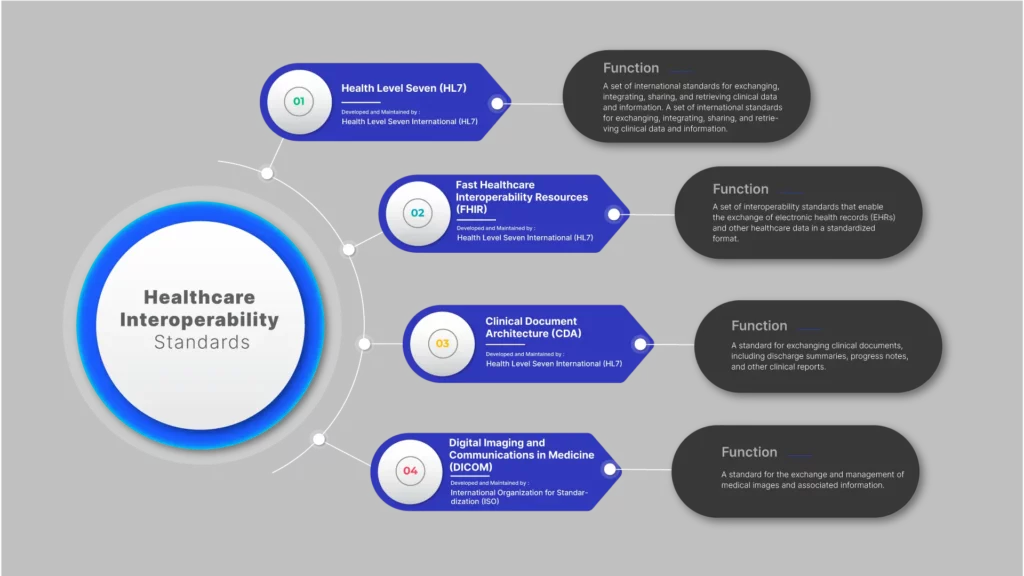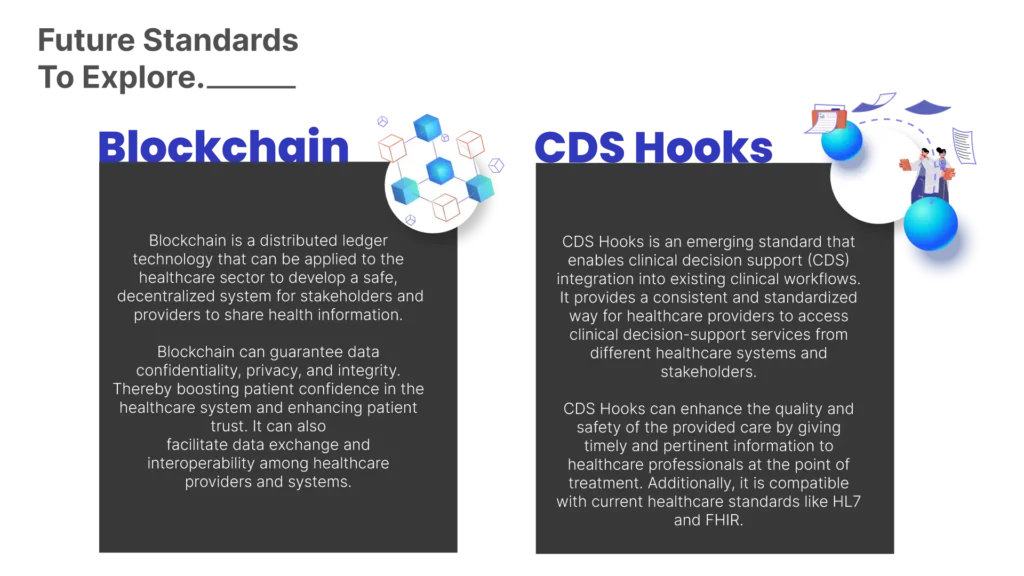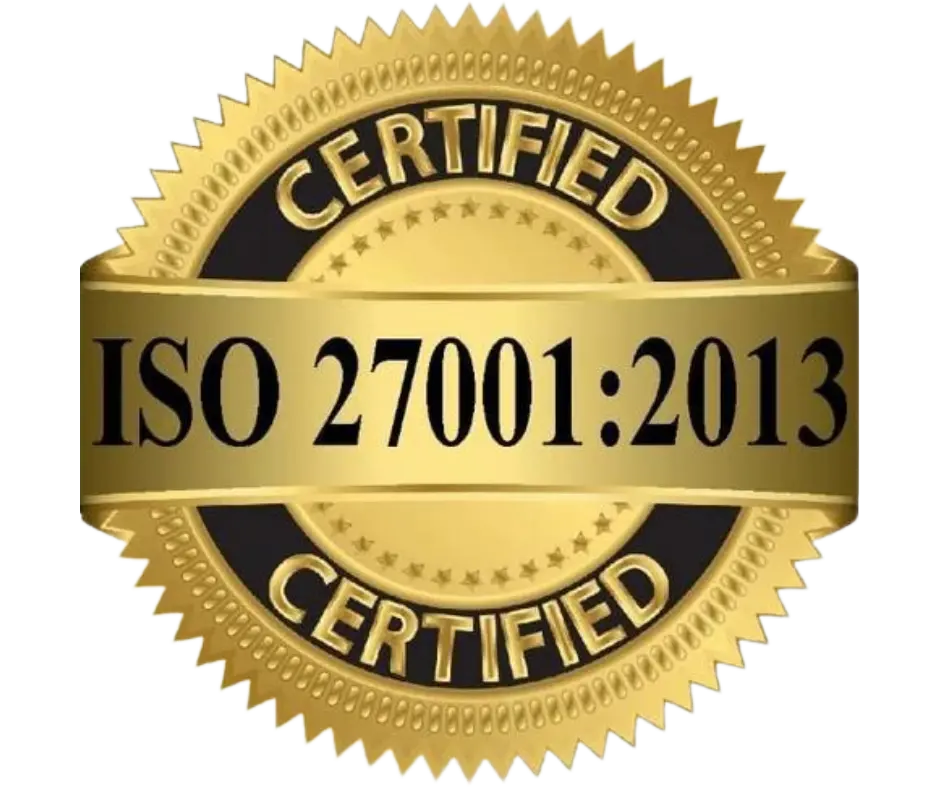Healthcare Interoperability Standards
The answer to his pursuit is Healthcare Interoperability.
A vital aspect of health information technology (HIT), interoperability, is the ultimate answer to all processes and systems feeding off information exchange.
Interoperability in the healthcare industry provides ordained users and systems access to all sorts of healthcare data. This aids healthcare providers, or payers in making data-driven decisions to improve patient outcomes and streamline care management.
“As more and more healthcare providers have adopted the technology, we’re getting to the point of true exchange.” ~ Dr. Vindell Washington, principal deputy national coordinator at ONC, talking about healthcare interoperability, as told to Healthcare Dive, a leading online journal.
Interoperability Standards: The What, The Why
The Existing Healthcare Interoperability Standards

Organizations Developing Interoperability Standards
How Are These Standards Implemented and Enforced by Healthcare Organizations?
Implementing standards need their respective adherence rules to be followed by healthcare organizations.
- Standard terminologies, formats, and protocols are to be adopted to enable data exchange in a standardized format.
- The systems and apps must be interoperable with other systems and applications that use the same standards.
- The healthcare systems and apps must be tested and validated to comply with interoperability standards.
- All vendors and partners need to comply with interoperability standards.
Challenges to Achieving Healthcare Interoperability Standards
Despite the benefits of interoperability, there are several barriers to adopting it completely:
Standardization Issues
Healthcare data is stored in different data sources in different formats, which makes it harder to maintain a standard. This makes integration difficult. The lack of standardization in healthcare data can lead to data quality issues, loss, and increased costs.
Data Privacy and Security
Healthcare data contain sensitive information that must be protected to maintain patient privacy and confidentiality. The need for thorough data security can make sharing data between different healthcare systems difficult.
Old School Legacy Systems
Despite the many advantages of adopting interoperability, many healthcare organizations still rely on legacy systems that are incompatible with modern health IT systems. Replacing legacy systems can be costly and time-consuming, making it difficult for organizations to adopt new standards and technologies.
Lack of Financial Incentives
Organizations often fail to see the bigger picture; as such, the shift to interoperable solutions can appear to be a waste of investment. Without financial incentives, providers may appear reluctant to adopt new standards.
Lack of Technical Expertise
Implementing interoperability requires technical expertise and resources that may not be available to all healthcare organizations. Small and rural healthcare organizations, in particular, may struggle to implement interoperability due to limited resources.
The hospital’s management and care delivery models must adopt Jake’s interoperable solution, despite the lack of initial financial incentives. Jake’s father must focus on the bigger picture for his organization’s lucrative and sustainable future.
In addition, Jake should ensure that his father’s hospital follows certain steps such that his interoperable solution functions at its best. Thus, efficient management and delivery of quality care will be possible when the data circulated is standardized and interoperability standards implemented.
SMART Health IT
SMART on FHIR is a beloved standard that combines the adaptability of FHIR with the safety and privacy of OAuth2. With FHIR APIs, third-party applications can safely access health data from various healthcare systems.








